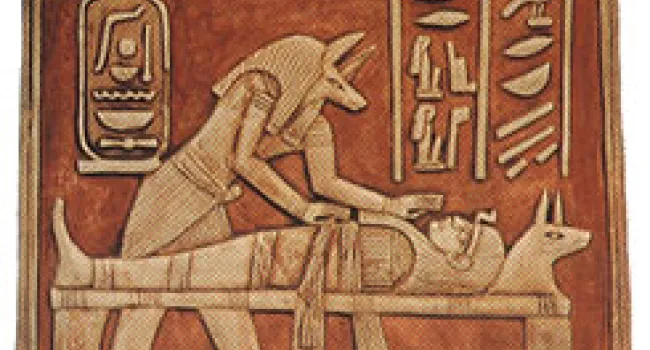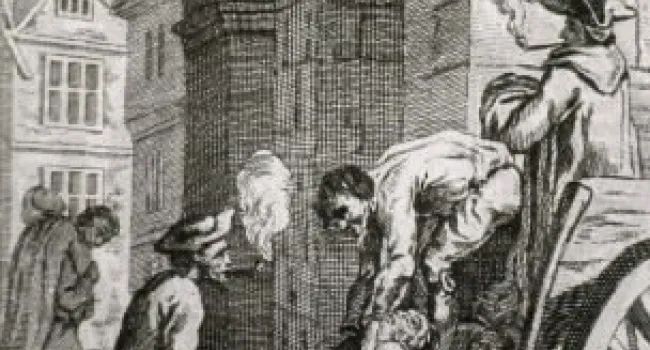Medical research and training improved in the 18th century but there were still no cures for diseases like smallpox, a disease that killed millions of people over thousands of years. Middle Eastern doctors gave people mild doses of the smallpox to combat the disease. Some patients became immune, but many died or spread the disease to more people. British Doctor Edward Jenner (1749-1823), noticed that milkmaids who got the cowpox disease from cows did not get smallpox. He developed a vaccination with the fluid from the cowpox sore that protected people from the deadly disease.
In the early 19th Century, doctors used ether to put patients to sleep during surgery. At last, people did not have to suffer the excruciating pain of an operation. This was a major breakthrough but many still died from infected surgical wounds. The work of Louis Pasteur (1822-1895), a French chemist, helped to improve a patient’s chances for survival. He discovered that harmful bacteria, also known as germs, were passed through the air. In an experiment with bad wine, Pasteur learned that boiling the liquid killed the bacteria. This research led to the development of antiseptics that were used in surgery to kill the germs that caused infection.
Although women were known as healers for centuries, they were not allowed to attend medical school. After many refusals from medical schools, Elizabeth Blackwell (1821-1910), was finally graduated from Geneva Medical College in 1849 and became the first woman to earn an M.D. degree. In 1857, she opened the New York Infirmary to serve poor women and children, and to provide more women opportunities to study medicine and nursing. Across the Atlantic Ocean, another woman faced prejudice, not because of her gender but because of the color of her skin. Mary Seacole, a Jamaican nurse, went to Britain to assist in the Crimean War. When the war office refused her, she established a hotel to feed and care for sick and wounded soldiers. On the battlefield, she was known as “Mother Seacole.”




